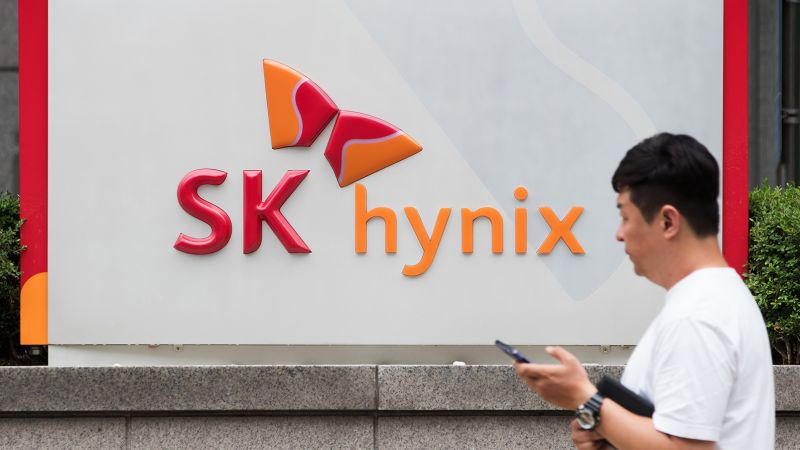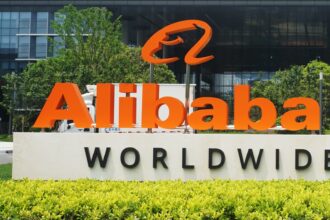SK Hynix, a South Korean chipmaker, is investigating how two of its memory chips mysteriously ended up inside the Mate 60 Pro, a controversial smartphone launched by Huawei last week.
Shares in Hynix fell more than 4% on Friday after it emerged that two of its products, a 12 gigabyte (GB) LPDDR5 chip and 512 GB NAND flash memory chip, were found inside the Huawei handset by TechInsights, a research organization based in Canada specializing in semiconductors, which took the phone apart for analysis.
“The significance of the development is that there are restrictions on what SK Hynix can ship to China,” G Dan Hutcheson, vice chair of TechInsights, told CNN. “Where do these chips come from? The big question is whether any laws were violated.”
A Hynix spokesperson told CNN Friday that it was aware of its chips being used in the Huawei phone and had started investigating the issue.
The company “no longer does business with Huawei since the introduction of the US restrictions against the company,” it said in a statement.
“SK Hynix is strictly abiding by the US government’s export restrictions,” the company said.
Industry insiders said it was possible that Huawei had purchased the memory chips from the secondary market and not directly from the manufacturer. It’s also possible Huawei may have had a stockpile of components accumulated before the US export curbs kicked in fully.
TechInsights had previously revealed that the “brains” of the phone were powered by a 5G Kirin 9000s chip made by China’s top chipmaker Semiconductor Manufacturing International Corporation, better known as SMIC.
It is still examining the Mate 60 Pro and does not rule out the possibility of finding more components made by companies subject to US trade sanctions. So far, it has found that most of the phone’s components were provided by Chinese suppliers.
Analysts have said the smartphone is a major breakthrough for China as it clashes with the United States over access to advanced technology.
The development prompted two US congressmen, Mike Gallagher and Michael McCaul, to call on the White House – which is seeking more information about the phone – to further restrict technology export sales to Chinese companies.
Huawei and SMIC have not replied to requests for comment.
In 2019, the US government banned American companies from selling software and equipment to Huawei. It also restricted international chipmakers using US-made technology from working with the company.
That is why, four years later, last week’s launch of the Mate 60 Pro shocked industry experts who didn’t understand how Huawei, which is headquartered in Shenzhen, would have the ability to manufacture such an advanced smartphone following sweeping efforts by the United States to restrict China’s access to foreign chip technology.
Read the full article here










